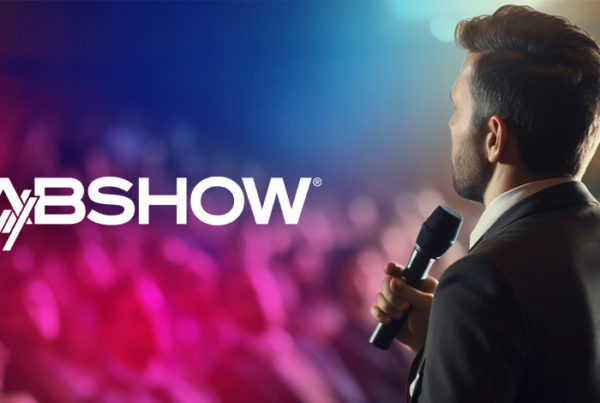Some stations may be in a small market, but their digital ad sales growth was mighty in 2023. This insight comes from the 12th annual Borrell-RAB digital benchmarking report for radio. It concluded that small markets achieved the largest growth from 2022 to 2023, capturing a fair share of the $1.9 billion advertisers spent on digital with radio.
It’s further evidence that any market can succeed in selling third-party digital. Let’s dive into the numbers and look at ways to boost revenue.
Small Markets Had a 9% Digital Sales Growth Rate in 2023
Small markets bested all others with a 9% digital growth rate, outperforming midsize and top-20 stations. The benchmark for the smallest markets was $82,835, an increase over the 2022 number of $74,927.
Another key data point in the report was the share of in-market obtainable digital revenue, with high performers coming from smaller markets again.
So, why did they achieve greater growth and market share?
There’s no single answer to this. Some factors influenced it, including less competition from TV stations or newspapers. Additionally, from our small-market customer base, we know their sellers have deep relationships with the community and use that to their advantage.
Small Markets Have Big Opportunity for Growth in 2024
The benchmarking study also projected that 2024 will see an 11% increase in digital radio sales, which could hit $2.1 billion. There are also many radio advertisers not purchasing digital from you. They buy it from TV stations, newspapers, agencies or social media companies. Additionally, 70% of radio buyers plan to increase ad spending or buy something new this year.
All this data paves a future of opportunity for local digital sellers!
Strategies for Small Markets to Increase Digital Ad Sales
There are no “small” markets, really. No matter your size, there are advertisers that want to reach local consumers. It’s not just a few industries, either. There are ad buyers in retail, restaurants, health care, professional services, field services and more.
Here are some ways to succeed in local digital ad sales in a small market.
Understand the competition and their weaknesses.
These businesses are buying digital from another source. It could be local or national. Either way, there are likely gaps in what they provide. Those could include:
- They lack tactics and can’t sell digital and linear together.
- They don’t have insights into the market and community as you do.
- Reporting on performance is spotty.
- Targeting isn’t advanced.
- The quality of their DSP (demand-side platform) is questionable.
Additionally, the costs may be way above your pricing. They could be nickel-and-diming advertisers with fees for managed services and other expenses. You may have many areas to attack that show potential customers you can do it better.
Prospect across all advertiser types.
Another way to grow digital ad sales is to expand your targets. You may be overlooking some options here. Are you ensuring that all radio ad buyers know about your digital offerings? Do proposals always include both?
The other angle is to prospect for new customers that may be digital-only. Maybe they aren’t traditional radio spot buyers, or your station demographics don’t align the best with their audience.
What’s important is to always take a digital-minded approach to prospecting, regardless of the industry. Those digital-only buyers may eventually become radio ones, too, since it has such universal reach.
Empower sellers with easy, comprehensive technology tools.
If you want to increase digital ad sales, your team needs solutions that drive efficiency across proposing, ordering, reporting and billing. Using complicated ad ops platforms or executing directly within Google Ads or social media sites isn’t scalable or sustainable. It’s too much of a burden on sellers who don’t want to take time away from revenue-generating activities.
The system needs integration capabilities, digital and linear as one proposal, and easy-to-understand reporting. It should also be more than technology and include training, strategic guidance and sales enablement resources. Finally, it should be built for radio stations, not agencies, TV or other organizations.
The answer is Marketron NXT. It’s a powerful, simple and complete solution. See how it works by requesting a demo today.
You can also see how small markets succeed by reading our case study featuring Hub City Radio.






